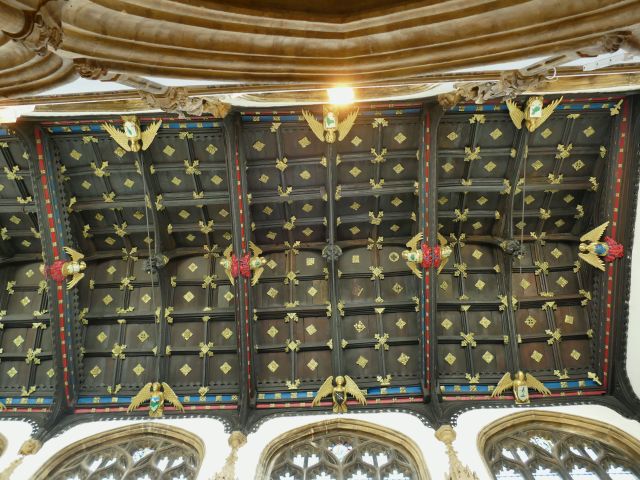
St Mary Magdalene, Taunton, Somerset
Today’s hymn from Sing Praise is ‘Let us build a house where love can dwell’ by Marty Haugen. It’s a hymn about inclusion in the church, and about the church being more than its buildings. As a recent report from the Church of England put it, Christians vary from being ‘Temple people’ for whom a beautiful building is of great importance to their worship and witness, to ‘Tent people’ for whom the building is nothing more than a temporary shelter to host the all-important task of proclaiming the Gospel.
Marty Haugen comes across as more of a Tent person in this hymn. There is indeed some memorable building imagery: rock and vault, wood and stone, floor to rafter (incidentally, the recently deceased American folk singer Nanci Griffith uses that exact phrase ‘floor to rafter’, also rhymed with laughter, in one of her songs: did one of them pinch it from the other?) But there is much more imagery of the activities that our buildings should host: love and safety; hopes, dreams, visions and prophecy; a banqueting hall; peace and justice; healing, serving and teaching; songs, laughter and prayers.
This balance is at the heart of my work for the Church, helping local congregations across Yorkshire care for historic buildings at the same time as encouraging sensitive adaptation of those buildings to the present and future needs of mission. If our buildings become museums of architecture then we’ve swung too far the wrong way, for the house of God should be both a house of prayer (as Jesus called the Temple) and a haven for all those in need of grace.